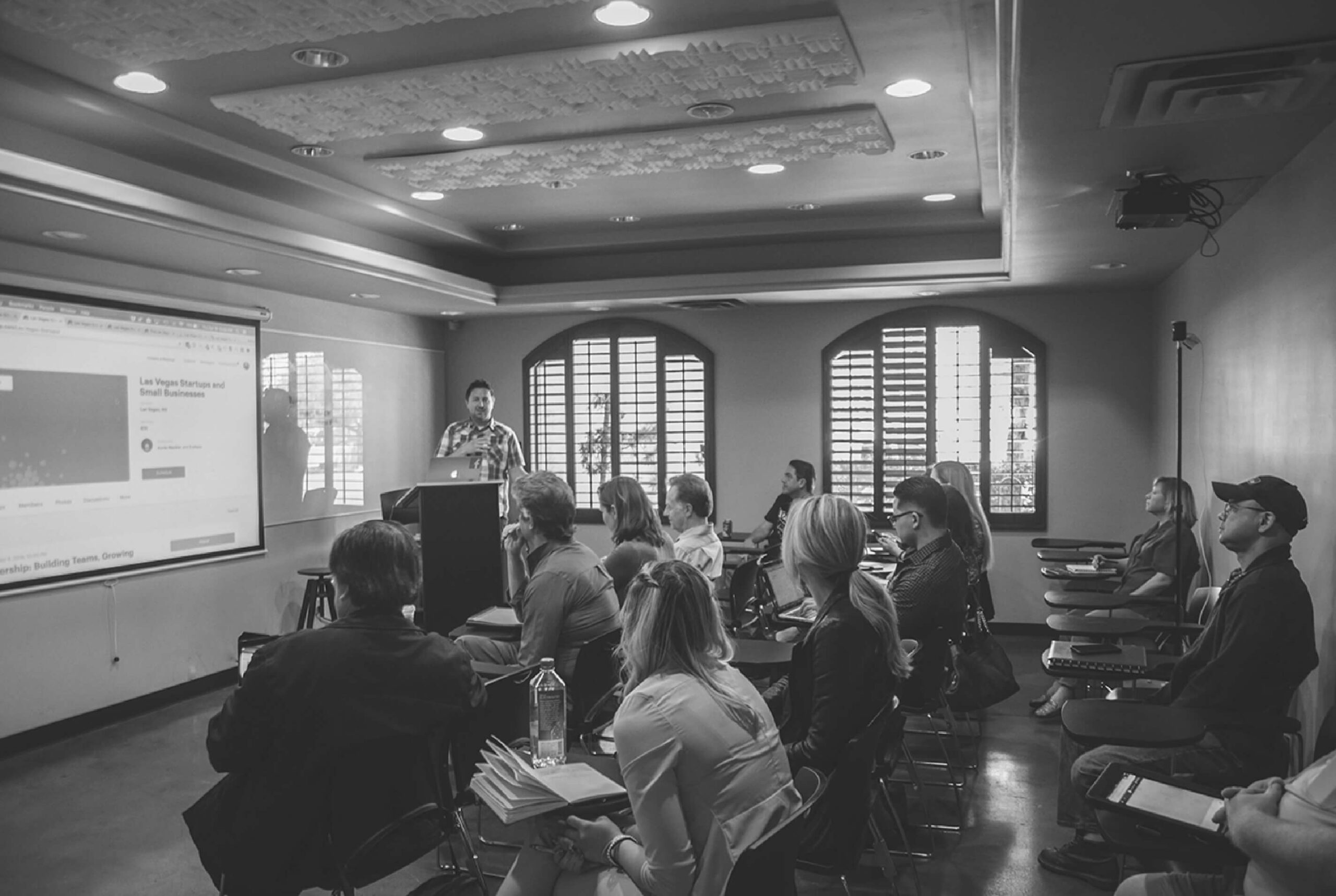![]()
February 19, 2020
Today, Governor J.B. Pritzker announced his FY21 budget proposal and for a second year in a row the Governor has taken steps to chart a path towards investing in Illinois’ future. This year’s budget builds on last year’s progress, and with many colleges experiencing enrollment gains, it appears, students and families are regaining trust and confidence in Illinois’ public higher education system.
The Governor’s budget supports growth in higher education through:
- Increasing the states investment in the Monetary Award Program (MAP) by $50 million
- Increasing appropriations to our state’s public universities and community colleges by 5%
- Providing Free community college for students whose families earn less than $45,000
- Maintaining AIM HIGH grant funding
The Governor’s proposed FY21 budget aligns with PCC’s goals to improve higher education in three important areas:
PCC celebrates increased investment in MAP and community college student grants.
There is perhaps no more important way to make higher education affordable for low-income students than to better fund Monetary Award Program (MAP) grants, as they are crucial in helping low-income students enroll and persist in college. Today, the Governor committed to a further $50 million increase in MAP, increasing the number of eligible students served and potentially the amount of aid students receive, inching the state closer to a financial aid program that serves all students in need. The Partnership reaffirms our commitment to advocating for a full $100 million investment in MAP.
The Partnership applauds the Governor’s commitment to Illinois’ low-income community college students.
The Governor also introduced a program that would guarantee that low-income students under a $45,000 income threshold would not have to pay tuition and fees at community college. Considering that community college students are far more likely to not receive MAP despite being eligible and applying, this new policy could help many students enroll in college.
Just like the Governor, PCC also recognizes the need for new sources of funding that can support higher education.
With revenue from the cannabis industry, gaming, taxes, and the prospect of additional funds in the coming years if the state adopts a Fair Tax, the Partnership urges the state legislature to consider this $50 million increase a down payment toward a fully funded program – one that serves all eligible low-income students at full tuition and fees. Then – and only then – will we lessen the financial barrier to higher education still faced by thousands of Illinois’ low-income students.
There is much to celebrate in this budget, and PCC applauds the Governor’s commitment to the state’s college students. However, the Partnership also provides the following recommendations as part of a comprehensive approach to improving equity in higher education.
- The state should invest in financial aid programs that help students persist. Emergency completion grant programs support students at risk of stopping out due to unmet financial need, resulting from the loss of a job or medical expenses. These programs keep students on track to degree completion, raise graduation rates, and narrow institutional completion gaps.
- MAP grants should be phased out at for-profit institutions. While for-profit colleges serve less than 8% of the state’s college students, they account for nearly twice the amount of student loan defaults than all of Illinois’ public and private institutions combined. By eliminating MAP at for-profits, Illinois would be helping thousands more students access a more affordable higher education.
- Move toward instituting an equitable funding formula for higher education.
- Currently, Illinois does not have a funding formula for allocating resources to four-year public institutions, and as a result, appropriations are based on historic funding levels. An independent task force should be established to study the current allocation method and recommend an allocation model that distributes state resources equitably and predictably, and that ensures institutions serving our most vulnerable students are well-supported.
- 4. The state should support student parents in higher education by providing more information on existing resources. In his proposed budget, Governor Pritzker included an expansion of the child care assistance program to offer reduced co-pays to parents. This increase would be most effective if coupled with increasing information to student parents on child care resources such as the Child Care Assistance Program (CCAP) and federal dependent care allowance. A change as simple as notifying student parents about their eligibility for resources in their financial aid letters would bridge that information gap.
For more information, contact PCC Senior Policy Manager Emily Goldman at egoldman@partnershipfcc.org

